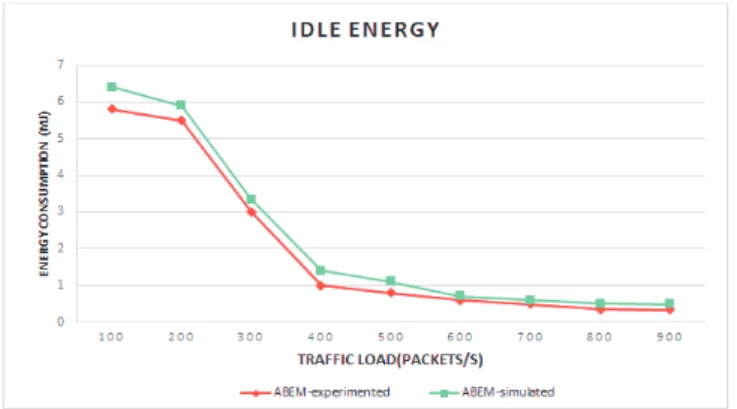Network lifetime management in wireless sensor networks
Texte intégral
Figure




Documents relatifs
In the order to demonstrate the performance of our new algorithm, we will compare it to three methods, namely the EP method (Equal Power) in which we attribute the power to each
We consider the problem of optima l power allocation for WSNs when using orthogonal channels between each sensor and the FC taking into account that the nodes
In fact, with the 10 mAh Ultrathin battery, the node is continuously active for 2 hours only. 1b), continuous operation is achieved for a whole year for all the Li batteries, except
We establish three types of keys for each sensor node according to each type of communication patterns: an individual key shared with the base station, a cluster key shared
Remark 1: Note that routers are not necessarily active for the whole ACTIVE_PERIOD. Indeed, a router having forwarded a packet within this period, returns to the sleep state... 2)
Our coloring algorithm contributes to maximize network lifetime by reducing the activity period as well as allowing any node to sleep in this period (in the slots that are not
It enjoys many desirable closure properties and is known to be logically characterized: the synchronous relations are exactly those that are defined by a first-order formula on
The Cr oxidation state of the oxides formed at various temperatures oxidations can be derived from the Cr2p spectra in Figure 12 , and the peaks observed at 577 eV and 586.5 eV